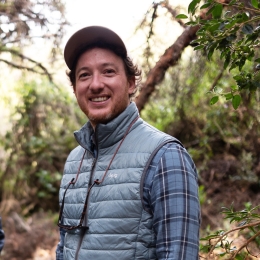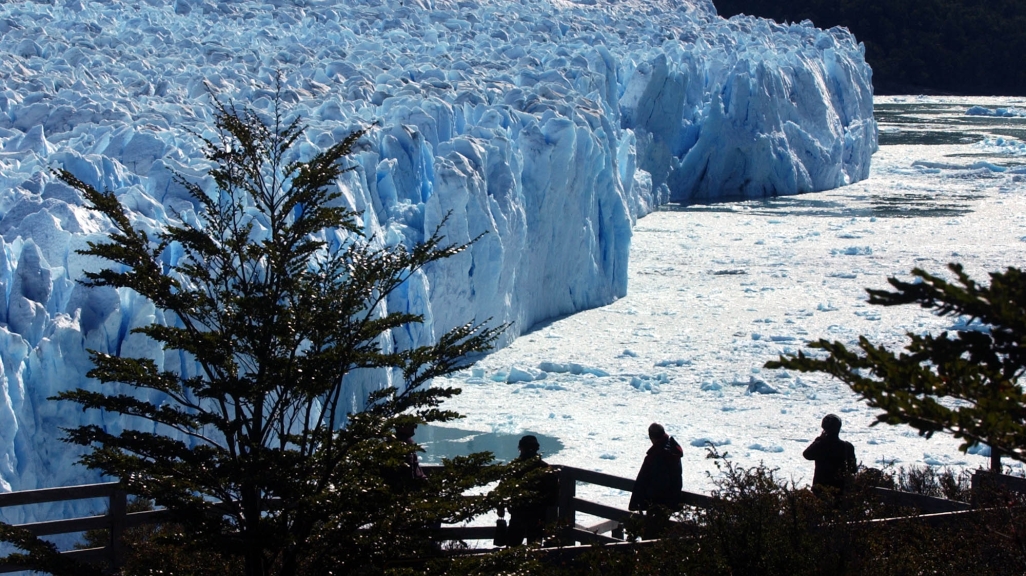LatAm in Focus: How Can Latin America Fix Its Water Crisis?
LatAm in Focus: How Can Latin America Fix Its Water Crisis?
WMO’s Rodney Martinez and Acción Andina’s Florent Kaiser explain Latin American countries task ahead to address the region’s water scarcity woes.
Lately it seems like the largest freshwater source in the world is running dry. Latin Americans’ water access levels are 300 percent higher per capita than the rest of the world. And yet, 150 million people in the region live in water-scarce areas. Drought affected the number of ships crossing the Panama Canal, affecting global trade. Mexico’s water security was a major political issue in this year’s election. In Brazil last year, water levels in the Amazon port of Manaus were at their lowest since 1902.

A May 2024 report by the World Meteorological Organization (WMO) documents how rising temperatures are sparking severe droughts, wildfires, glacier loss, and health crises across Latin America. “That implies more and more water insecurity, which some decades ago was something impossible to think of in Latin America,” Rodney Martinez, WMO representative for North America, Central America and the Caribbean told AS/COA’s Luisa Leme.
But there are solutions. Martinez says the task involves political buy-in from governments to use the information systems and science available to plan for climate crises ahead of time: “The problem is the emergency mode when we act, only when we have the event happening or after it happened,” he says. Martinez says the UN has also pushed for the preservation of ecosystems “promoting adaptation solutions based on nature.”

In a world of new rules, old tools can be used to restore water sources and revive ecosystems. In the Andes, where glaciers are disappearing, a reforestation project is bringing water back to the driest areas. “[The Polylepis Forest] is one of the highest forests in the world. It has an incredible ability to actually capture water from the air humidity and convert it into water through condensation, but also then store it within the root and mass and all the microsystems around it in the altitudes,” explained Florent Kaiser, CEO of Global Forest Generation. The project is scalable, says Kaiser. “We need to bring everybody to the same table and see how we look at climate change. Not only with a carbon lens, but with a holistic lens, and water may well be one of the most powerful and most convincing argument.
Subscribe to Latin America in Focus, AS/COA's podcast focusing on the latest trends in politics, economics, and culture throughout the Americas.










